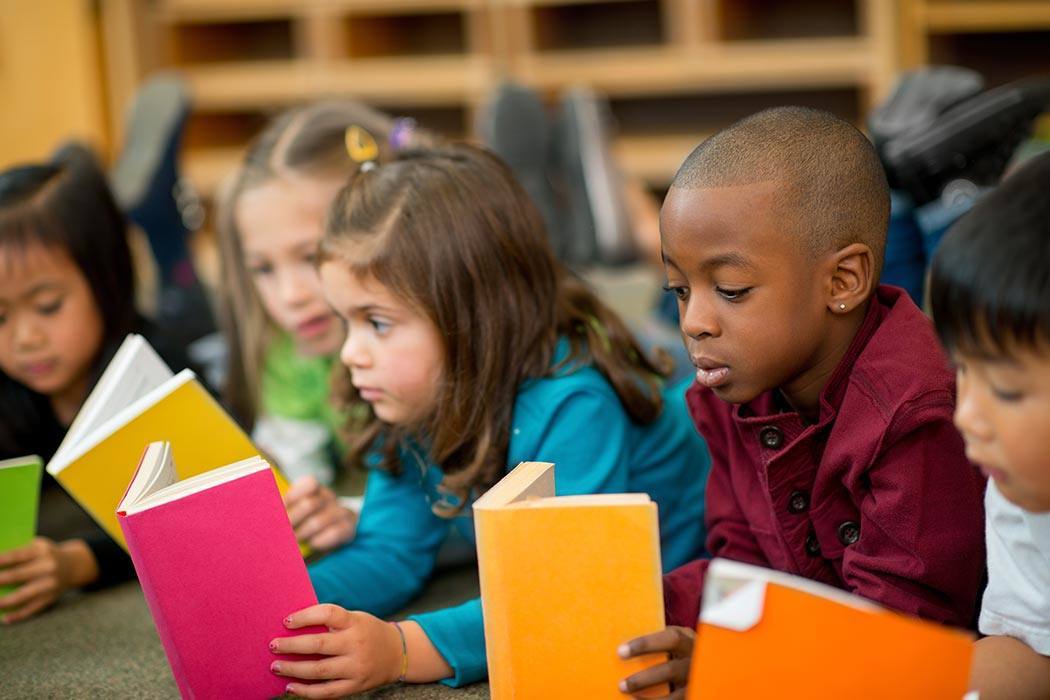In a free market, the power of consumer choice encourages producers and service providers to be creative and innovative, and to deliver excellence at low cost. Products that satisfy consumers fly off the shelves, and products that do not disappear are clearly worthless. The same is true of service. In public education, however, there is no free market, and that means worse outcomes for children.
Still, protected monopolies have their attractions, and public school officials are deeply resistant to innovation and change. They are comfortable with delivering the same lock-step, standardized program to one generation of children after another, limiting the potential of many young people. A free market in education would destroy the boredom, alienation, mediocrity and failure that are all too common in public education today.
The way to create a free market in education is to give parents the power of school choice. School choice allows parents to select the public or private school that best serves their child’s needs. School choice includes broad access to option-learning programs run by traditional school districts, plus access to online schools, to public charter schools, to private tutoring centers, and to tuition assistance at private schools.
Unfortunately, the government runs traditional public schools through a system of heavily bureaucratic and rule-bound regional monopolies. Unless a family has the money to pay full private tuition, most parents are not allowed to choose the schools their children attend. Seventy-six percent of all students are assigned by residential zip code to a public school, with few other options allowed.
A free market in education through school choice would destroy these forced school assignments. A free market would end the narrow education bureaucracy, and the one-size-fits-all programs that force students into programs that meet government-imposed goals rather than letting students reach their full potential.
A free education market would lead to an explosion of theme-based schools offering instruction in aviation, technology, marine biology, medicine, science, art, music, theatre and other academic fields. Parents could pick schools based on student interests and strengths. A free market in education would unleash the creativity of teachers and the exciting learning potential of children.
The hard data show many public schools underperform academically, especially the zip-code-assigned urban schools provided to low-income, minority families. In Washington state, officials regularly assign 55,000 students every year to state-identified failing schools. Officials know in advance that many of these students will drop out, but they do nothing to provide choice-based alternatives.
In a free education market, these failing schools would either improve or disappear. No family with a public or private school option would willingly send a child to a failing public school. A free market in education would reduce social inequality, as low-income families would have better opportunities to achieve the prosperity a quality education can provide.
While the concept of school choice is stoutly resisted by established education interests in Washington, public and private school choice programs are common in many other states. Today there are 3.2 million students attending one of 7,000 public charter schools in forty-four states across the country. In other states students are offered the option of attending public magnet schools, a form of school choice created within the traditional system.
Giving families direct aid to help pay private school tuition is popular. As of January 2020, officials in 29 states, the District of Columbia and Puerto Rico, give families access to private school choice programs. In all, these states and jurisdictions offer 66 private school choice programs that are varied and diverse. They include Education Savings Accounts, tax credit scholarships, education vouchers, and individual tax credits and deductions. Together these programs serve 1.4 million children.
Extensive research shows that private school choice programs benefit students in ways that best fit their needs. At the same time, this research shows school choice programs create powerful incentives for traditional school systems to improve. A free market in education destroys the complacency of and political resistance often demonstrated by public school officials.
Two recent surveys show strong public support for providing state aid directly to families to help educate children. Young people in particular support allowing families to use tax-funded vouchers for private school. The surveys found that all respondents reported higher levels of trust for private schools compared to traditional public schools.
Today’s world is too complex to hang on to an expensive, outdated education monopoly system that forces families into schools they don’t like and which don’t serve them well. The free market would destroy many weaknesses of the current education system, and deliver schools that continually improve to the way they educate children.










